December 7, 2025 – AI assisted inquiries using multiple studies and sources. Not all facts have been verified, but links provided for all resources cited. Updates may not be reflected in audio version. On the go? Listen here.
Alaska – the risk of major earthquake (above 7.0) went up to 98%. A major earthquake just struck Kamchatka. The North Pole is migrating toward Siberia. And Earth’s magnetic field is fading. Scientists say they’re all connected—and we’re about to enter a period of increasing geological chaos. Here’s what actually matters.
Earth’s magnetic field—the invisible force that has protected life for billions of years—is failing. Not catastrophically. Not tomorrow. But noticeably. Over the past 200 years, it has weakened by 9%. The North Magnetic Pole has accelerated its drift from 15 to 55 kilometers per year. And in 2025, we’ve already witnessed a magnitude 8.8 earthquake in Russia, the sixth largest ever recorded, followed by thousands of aftershocks.
The timing is no coincidence. Recent research reveals a stunning connection: solar activity directly influences earthquake patterns. When the Sun quiets down, cosmic rays intensify, and earthquakes increase. Scientists have found statistical correlations so strong (better than one in a billion odds of being random) that they’re scrambling to understand the mechanism.
For most people, these changes will be invisible. But for some—those in earthquake zones, coastal areas vulnerable to tsunamis, or anyone dependent on power grids and satellites—understanding what’s coming could be the difference between preparedness and catastrophe.
Here are three things you need to know.
1. THE WEAKENING SHIELD: How Your Planet’s Magnetic Field Actually Works—And Why It’s Failing
What it is: Earth’s magnetic field is generated by swirling liquid iron in the planet’s outer core, 3,000 kilometers beneath your feet. This molten metal acts like a spinning dynamo, creating electric currents that maintain the protective bubble we call the magnetosphere. This bubble extends thousands of kilometers into space and performs a critical function: it deflects the solar wind—a relentless stream of charged particles from the Sun traveling at 250-500 kilometers per second.
Without this shield, the solar wind would gradually strip away Earth’s atmosphere, as it has done to Mars. The magnetosphere works by creating outward pressure that counterbalances the solar wind’s inward pressure. At the boundary zone (called the magnetopause), these forces equilibrate. Some particles still make it through—particularly at the poles, where magnetic field lines funnel them downward, creating the auroras.
Why it’s weakening: The core’s convection patterns are changing. Beneath the South Atlantic, unusual “reverse flux patches” are appearing where magnetic field lines go back into the core instead of coming out. These patches are moving westward and causing the field to weaken intensely in that region. It’s like watching strange whirlpools develop in a flowing river—the overall current still works, but localized disruptions are growing.
The timeline: At current rates, we won’t see a full magnetic pole reversal this century. Full reversals take 1,000 to 10,000 years to complete, and we’re technically overdue (the last one occurred 780,000 years ago). But here’s the thing about “overdue”—reversals show no predictable pattern. They happen on average every 450,000 years, but that’s just statistics. The next one could begin next decade or in 50,000 years.
What this means for you: In your lifetime, the magnetosphere will continue weakening gradually, but will remain substantially protective. Modern technology will absorb most of the disruptions: GPS already accounts for magnetic drift, power grids are being hardened against solar storms, and satellites have shields. Life goes on—but preparedness matters for those in high-risk zones.
2. THE SUN CONTROLS THE EARTH: How Solar Activity Is Triggering More Earthquakes Than We Expected
The shocking discovery: In 2023, an international research team found a statistical correlation between cosmic ray intensity changes and global earthquake activity—at a confidence level exceeding six sigma. That’s a one-in-a-billion chance of being random. The correlation showed a 15-day time lag: changes in cosmic rays preceded major earthquakes by roughly two weeks.
Here’s how it works: When the Sun enters a quiet period (solar minimum), its magnetic field weakens. This allows more cosmic rays from deep space to penetrate the inner solar system and reach Earth. The increased cosmic radiation appears to influence lithospheric processes—the movement of molten rock and fluids deep in the crust. In fault zones already under stress, this can be enough to trigger release, causing earthquakes.
The evidence: Over 11-year solar cycles, earthquake activity varies by 7-8% in correlation with solar activity. During the quiet periods, earthquakes increase. During solar maxima, they decrease. Researchers have traced this pattern across multiple solar cycles going back decades. Even more compelling: geomagnetic storms—which precede cosmic ray influxes—tend to occur before major earthquakes more often than after them, statistically.
2025 in context: The magnitude 8.8 Kamchatka earthquake in July occurred during a period of geomagnetic instability. The thousands of aftershocks that followed are normal—when you rupture a fault over 475 kilometers, you trigger cascading stress releases for years. But the timing wasn’t random. It aligned with fluctuations in solar activity and geomagnetic activity in ways that earlier generations of scientists would have dismissed as coincidence.
What this means for earthquake risk: Earthquakes themselves aren’t increasing in frequency globally—we’re simply detecting more through better seismic networks. The real risk depends entirely on local geology. If you live in the Pacific Ring of Fire, near the Mediterranean, or in Central Asia, you face baseline earthquake risk that has nothing to do with solar activity. If you live in stable continental interior, your earthquake risk remains negligible. The solar-earthquake link doesn’t create new earthquakes; it may slightly alter the timing of earthquakes that would happen anyway.
3. YOUR PERSONAL RISK ASSESSMENT: What Can Actually Hurt You—And What You Can Actually Do About It
The honest probability breakdown:
Carrington-scale solar storm (gridlock for 1-2 years): 12% chance this decade. Consequence: massive economic disruption, but most people survive fine with preparedness.
Magnitude 9+ earthquake near a major coastal city: 5-10% chance this decade depending on location. Consequence: thousands to hundreds of thousands of deaths depending on building codes and tsunami response systems.
All three catastrophes happening simultaneously: roughly 1 in 3.8 billion. Don’t buy insurance for this.
If you live in a seismic zone (California, Japan, Chile, Turkey, Indonesia, etc.):
- Secure furniture to walls now. Identify safe spots in your home—under doorframes or against interior walls.
- Keep emergency supplies: water (1 gallon per person per day for 2 weeks), non-perishable food, first aid kit, flashlight, battery radio.
- For serious risk reduction: advocate for or invest in seismic retrofitting (base isolation, dampers, proper bolt-downs). This works.
- Download your local earthquake early warning app (ShakeAlert in California, similar systems exist worldwide). You’ll get 5-60 seconds of warning depending on distance.
If you live on a coast vulnerable to distant-source tsunamis:
- Know your evacuation routes to high ground. 10 kilometers inland or 30 meters up is generally safe.
- Sign up for tsunami alert systems. Most coastal communities offer SMS or app-based warnings.
- Don’t wait for ground shaking as a warning. Modern tsunamis from distant earthquakes arrive without strong local shaking. The 2004 Indian Ocean tsunami killed 230,000 partly because people didn’t understand this.
- One practical thing: keep a “go bag” ready—documents, medications, phone chargers, cash.
If you depend on power grids and satellite communications:
- Keep 2 weeks of essential medications on hand if you depend on them.
- Maintain digital backups of important documents and photos in multiple locations (cloud storage, external drives).
- Consider a battery-powered radio for emergency alerts. They cost $30.
- Advocate for grid hardening and utility preparedness. Transformers destroyed in a Carrington-scale storm take months to replace. Utilities should maintain stockpiles.
During a solar storm or extended power outage:
- ATMs won’t work. Keep some cash on hand.
- Gas pumps won’t work. Fill up when you hear warnings.
- Water systems may fail if they depend on electric pumps. Fill bathtubs.
- Perishable food will spoil. A 2-week non-perishable supply (canned goods, dried pasta, protein bars) costs $50-100 per person and solves this.
For radiation exposure (only relevant if a full magnetic reversal begins):
The concern is overblown. If a reversal unfolds—which takes 1,000+ years—cosmic radiation increases gradually. Modern animals migrating with weak magnetic fields (like during the Laschamps excursion 41,000 years ago) experienced higher mutation rates but didn’t go extinct. You don’t need a bunker. Continue flying if you’re comfortable with it; airline crews already track radiation exposure.
The Real Takeaway
Earth’s magnetic field is weakening. The Sun influences earthquakes more directly than we realized. And geological activity is ramping up in predictable ways tied to solar cycles. These are real phenomena worthy of scientific study and appropriate preparedness.
But here’s what the headlines won’t tell you: Life on Earth has survived 183 magnetic reversals in 83 million years. Earthquakes and tsunamis have killed far fewer people in the last century than preventable diseases. And the technologies we’ve developed—early warning systems, reinforced buildings, backed-up power—actually work when applied properly.
The danger isn’t the planet’s magnetic field. It’s complacency. If you live in a high-risk zone and you haven’t prepared, that’s on you. If you’ve taken basic precautions (emergency supplies, knowing evacuation routes, securing furniture), you’re ahead of 90% of the population.
The universe operates on timescales that dwarf human lifespans. Earth doesn’t care about our civilization. But your civilization can care for itself if you invest in the right things: understanding your local geology, making practical preparations, and supporting infrastructure that works.
That’s not fear. That’s wisdom.
Bibliography & Sources
Earth’s Magnetic Field & Reversals
- NASA Science – “Flip Flop: Why Variations in Earth’s Magnetic Field Aren’t Causing Today’s Climate Change” https://science.nasa.gov/science-research/earth-science/flip-flop-why-variations-in-earths-magnetic-field-arent-causing-todays-climate-change/
- U.S. Geological Survey – “Are we about to have a magnetic reversal?” https://www.usgs.gov/faqs/are-we-about-have-magnetic-reversal
- U.S. Geological Survey – “Is it true that Earth’s magnetic field occasionally reverses its polarity?” https://www.usgs.gov/faqs/it-true-earths-magnetic-field-occasionally-reverses-its-polarity
- BBC Science Focus Magazine – “Earth’s magnetic field is overdue a flip. Should we be worried?” https://www.sciencefocus.com/planet-earth/earth-magnetic-field
- The Watchers – “New insights into the predictability of Earth’s magnetic field reversals” https://watchers.news/2024/02/15/new-insights-into-the-predictability-of-earths-magnetic-field-reversals/
- CNN – “Earth’s magnetic north pole is on the move, and scientists just updated its position” https://www.cnn.com/2025/01/21/science/magnetic-north-pole-new-position
- European Space Agency (ESA) – “Swarm probes weakening of Earth’s magnetic field” https://www.esa.int/Applications/Observing_the_Earth/FutureEO/Swarm/Swarm_probes_weakening_of_Earth_s_magnetic_field
- European Space Agency (ESA) – “Swarm reveals growing weak spot in Earth’s magnetic field” https://www.esa.int/Applications/Observing_the_Earth/FutureEO/Swarm/Swarm_reveals_growing_weak_spot_in_Earth_s_magnetic_field
- NOAA National Centers for Environmental Information – “World Magnetic Model 2025 Released” https://www.ncei.noaa.gov/news/world-magnetic-model-2025-released
- Phys.org – “This is what it sounds like when the Earth’s poles flip” https://phys.org/news/2024-11-earth-poles-flip.html
- Wikipedia – “Geomagnetic reversal” https://en.wikipedia.org/wiki/Geomagnetic_reversal
- Wikipedia – “Dynamo theory” https://en.wikipedia.org/wiki/Dynamo_theory
Dynamo Theory & Core Physics
- MIT News – “Explained: Dynamo theory” https://news.mit.edu/2010/explained-dynamo-0325
- Britannica – “Dynamo theory” https://www.britannica.com/science/dynamo-theory
- University of Oregon – “Dynamo Effect” https://pages.uoregon.edu/jschombe/glossary/dynamo_effect.html
- UC Santa Cruz – “Geodynamo” https://websites.pmc.ucsc.edu/~glatz/geodynamo.html
Magnetosphere & Solar Wind Protection
- NASA Science – “Earth’s Magnetosphere: Protecting Our Planet from Harmful Space Energy” https://science.nasa.gov/science-research/earth-science/earths-magnetosphere-protecting-our-planet-from-harmful-space-energy/
- University Center for Atmospheric Research – “Earth’s Magnetosphere” https://scied.ucar.edu/learning-zone/sun-space-weather/earth-magnetosphere
- Royal Belgian Institute for Space Aeronomy – “Solar wind, a stream of charged particles escaping from Sun” https://www.aeronomie.be/en/encyclopedia/solar-wind-stream-charged-particles-escaping-sun
- Wikipedia – “Solar wind” https://en.wikipedia.org/wiki/Solar_wind
- Space.com – “Solar wind: What is it and how does it affect Earth?” https://www.space.com/22215-solar-wind.html
- StudySmarter – “Magnetosphere: Protection, Charge & Impact” https://www.studysmarter.co.uk/explanations/environmental-science/physical-environment/magnetosphere/
- Physics Stack Exchange – “How does the Earth’s magnetic field protect it from the solar wind?” https://physics.stackexchange.com/questions/491182/how-does-the-earths-magnetic-field-protect-it-from-the-solar-wind
- Physics Forums – “How the Earth’s Magnetic field deflects the solar wind” https://www.physicsforums.com/threads/how-the-earths-magnetic-field-deflects-the-solar-wind.999810
- Imperial College London – “When the solar wind hits Earth’s magnetosphere, a surprising stillness ensues” https://www.imperial.ac.uk/news/230756/when-solar-wind-hits-earths-magnetosphere/
- ScienceDaily – “Scientists shocked by reversed electric field around Earth” https://www.sciencedaily.com/releases/2025/10/251030075141.htm
Solar Activity & Earthquakes Connection
- Nature Scientific Reports – “On the correlation between solar activity and large earthquakes worldwide” https://www.nature.com/articles/s41598-020-67860-3
- Open Access Government – “Solar wind can provoke earthquakes: Possible magnetosphere-solid earth tornado” (Dimitar Ouzounov, 2025) https://www.openaccessgovernment.org/article/solar-wind-can-provoke-earthquakes-possible-magnetosphere-solid-earth-tornado/195307/
- Phys.org – “The intriguing correlation between earthquakes and cosmic radiation” https://phys.org/news/2023-06-intriguing-earthquakes-cosmic.html
- Space.com – “Earthquakes seem more intense after cosmic ray strikes. Scientists say this is why.” https://www.space.com/earthquakes-cosmic-radiation-link-found
- ScienceDirect – “Observation of large scale precursor correlations between cosmic rays and earthquakes with a periodicity similar to the solar cycle” https://www.sciencedirect.com/science/article/abs/pii/S1364682623000664
- NASA/ADS – “Possibility of coupling the magnetosphere-ionosphere during the time of earthquakes” https://ui.adsabs.harvard.edu/abs/2014EGUGA..16.1067R/abstract
- ResearchGate – “Influence of Solar Cycles on Earthquakes” https://www.researchgate.net/publication/258471897_Influence_of_Solar_Cycles_on_Earthquakes
- Springer – “Possible connection between solar activity and local seismicity” (Terrestrial, Atmospheric and Oceanic Sciences) https://link.springer.com/article/10.1007/s44195-023-00042-6
- PMC/NIH – “A Statistical Study of the Correlation between Geomagnetic Storms and M ≥ 7.0 Global Earthquakes during 1957–2020” https://pmc.ncbi.nlm.nih.gov/articles/PMC7712061/
- MDPI – “Exploring the Relationship between Geomagnetic Variations and Seismic Energy Release in Proximity to the Vrancea Seismic Zone” https://www.mdpi.com/2073-4433/14/6/1005
- NASA/ADS – “On dependence of seismic activity on 11 year variations in solar activity and/or cosmic rays” https://ui.adsabs.harvard.edu/abs/2014EGUGA..16.5253Z/abstract
- University of Arizona – “Unraveling the mysteries of ancient solar storms and earthquakes” https://www.archaeology.wiki/blog/2025/11/25/unraveling-the-mysteries-of-ancient-solar-storms-and-earthquakes/
Earthquake Data & Information
- U.S. Geological Survey – “The Science of Earthquakes” https://www.usgs.gov/programs/earthquake-hazards/science-earthquakes
- U.S. Geological Survey – “Are earthquakes associated with variations in the geomagnetic field?” https://www.usgs.gov/faqs/are-earthquakes-associated-variations-geomagnetic-field
- U.S. Geological Survey – “Do solar flares or magnetic storms (space weather) cause earthquakes?” https://www.usgs.gov/faqs/do-solar-flares-or-magnetic-storms-space-weather-cause-earthquakes
- U.S. Geological Survey – “Can the position of the moon or the planets affect seismicity?” https://www.usgs.gov/faqs/can-position-moon-or-planets-affect-seismicity-are-there-more-earthquakes-morningin-eveningat
- Wikipedia – “List of earthquakes in 2025” https://en.wikipedia.org/wiki/List_of_earthquakes_in_2025
- Newsweek – “Two Earthquakes Rattle Russia: What To Know” https://www.newsweek.com/two-earthquakes-rattle-russia-what-to-know-10939427
- VolcanoDiscovery – “Top 20 Quakes in the World by Country in 2025” https://www.volcanodiscovery.com/largest-recent-by-country/earthquakes/archive/2025.html
- Physics Stack Exchange – “Possible non-negligible physical effects that relate planetary/lunar geometry and seismic activity” https://physics.stackexchange.com/questions/748899/possible-non-negligible-physical-effects-that-relate-planetary-lunar-geometry-and-seismic-activity
- Earth Science Stack Exchange – “Do planetary alignments affect Earth’s seismic activity?” https://earthscience.stackexchange.com/questions/24846/do-planetary-alignments-affect-earths-seismic-activity
Solar Physics & Space Weather
- NASA Science – “Solar Storms and Flares” https://science.nasa.gov/sun/solar-storms-and-flares/
- NOAA Space Weather Prediction Center – “NOAA Space Weather Scales” https://www.swpc.noaa.gov/noaa-scales-explanation
Cosmic Rays & Galactic Position
- The Watchers – “Cosmic-solar radiation as the cause of earthquakes and volcanic eruptions” https://watchers.news/2015/06/09/cosmic-solar-radiation-as-the-cause-of-earthquakes-and-volcanic-eruptions/
- Universe Today – “Where is Earth in the Milky Way?” https://www.universetoday.com/articles/where-is-earth-in-the-milky-way/
- Chandra X-ray Center – “How to Build a Galaxy: GALACTIC NAVIGATION” https://chandra.si.edu/build/navigation.html
- Physics Stack Exchange – “What angle does our Solar System make with The Milky Way?” https://physics.stackexchange.com/questions/276958/what-angle-does-our-solar-system-make-with-the-milky-way
- Abrupt Earth Changes – “The next Grand Solar Minimum, Cosmic Rays and Earth Changes (an introduction)” https://abruptearthchanges.com/2018/01/14/climate-change-grand-solar-minimum-and-cosmic-rays/
- AIP Publishing – “Relationship between cosmic ray intensity and Earth’s magnetic field: Cross-wavelet analysis during intense and moderate geomagnetic storms” https://pubs.aip.org/aip/pop/article/31/9/092901/3311190/Relationship-between-cosmic-ray-intensity-and
Seismo-Electromagnetics
- Wikipedia – “Seismo-electromagnetics” https://en.wikipedia.org/wiki/Seismo-electromagnetics
Note on Sources: This article synthesizes peer-reviewed scientific research, government agency reports (USGS, NASA, NOAA, ESA), and academic institutions. The most significant recent finding—the correlation between cosmic ray intensity and global earthquake activity with six-sigma statistical significance—is documented in the 2023 study published in Scientific Reports and subsequent research by the CREDO project and other international teams.
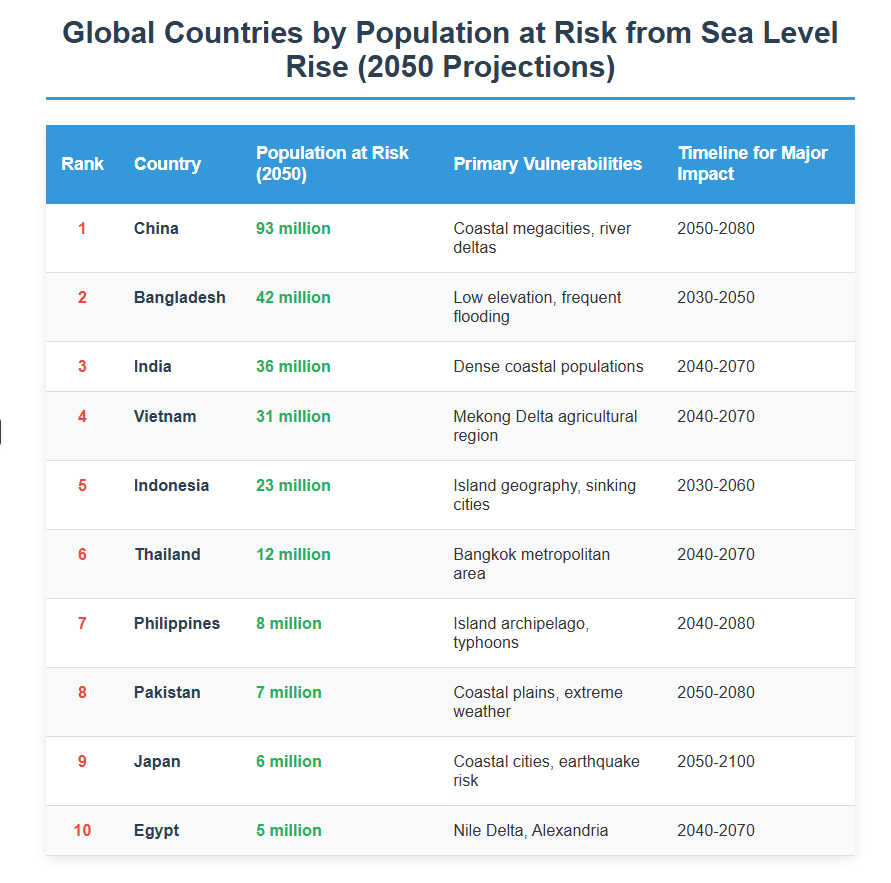
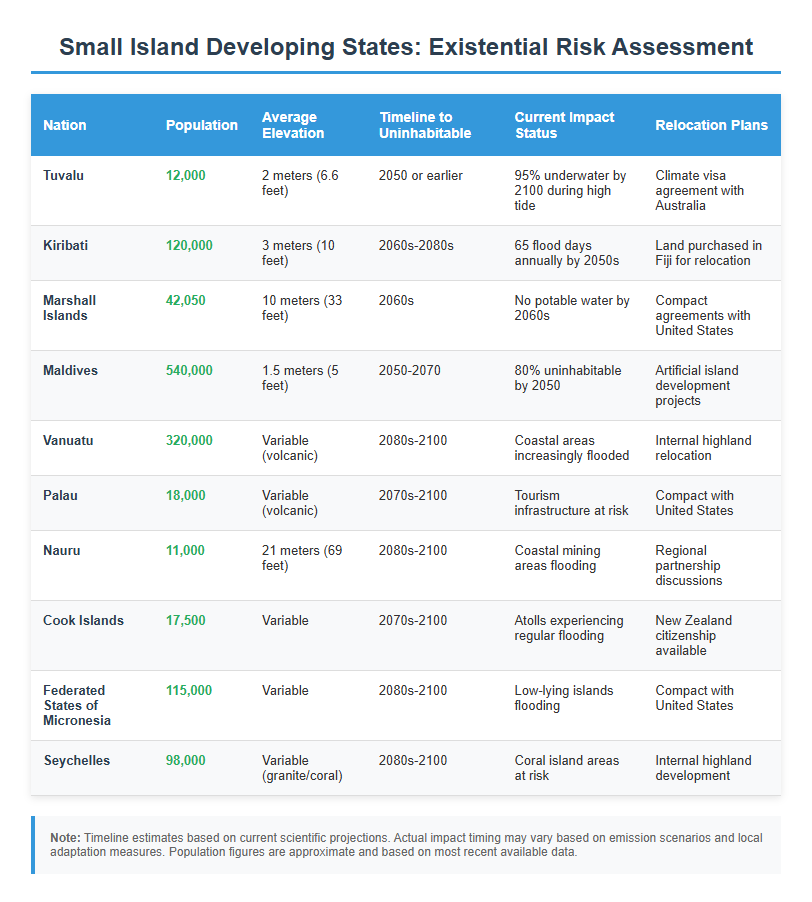
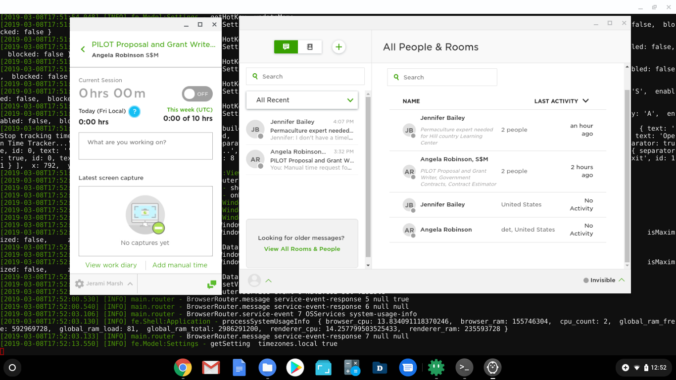


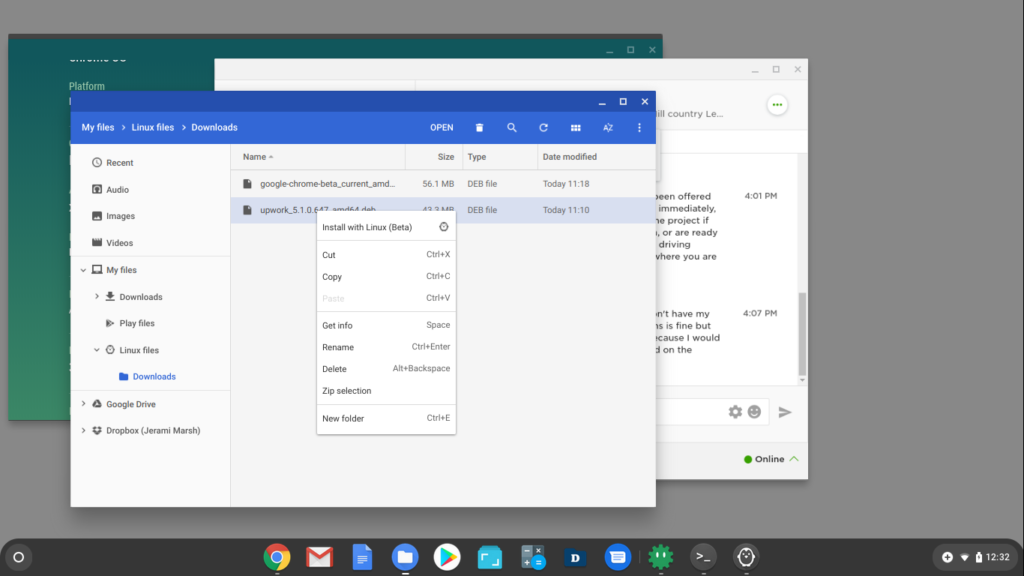


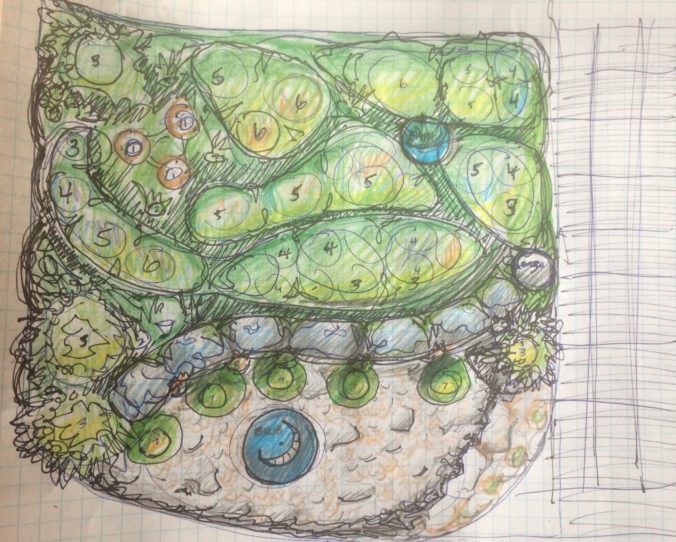


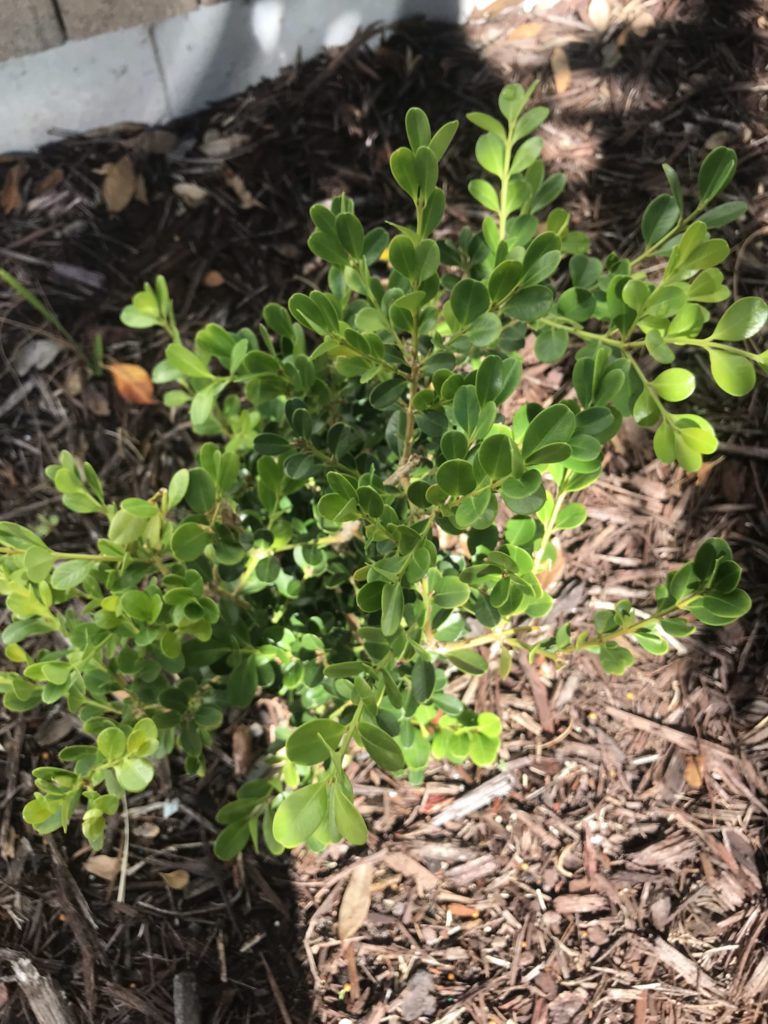


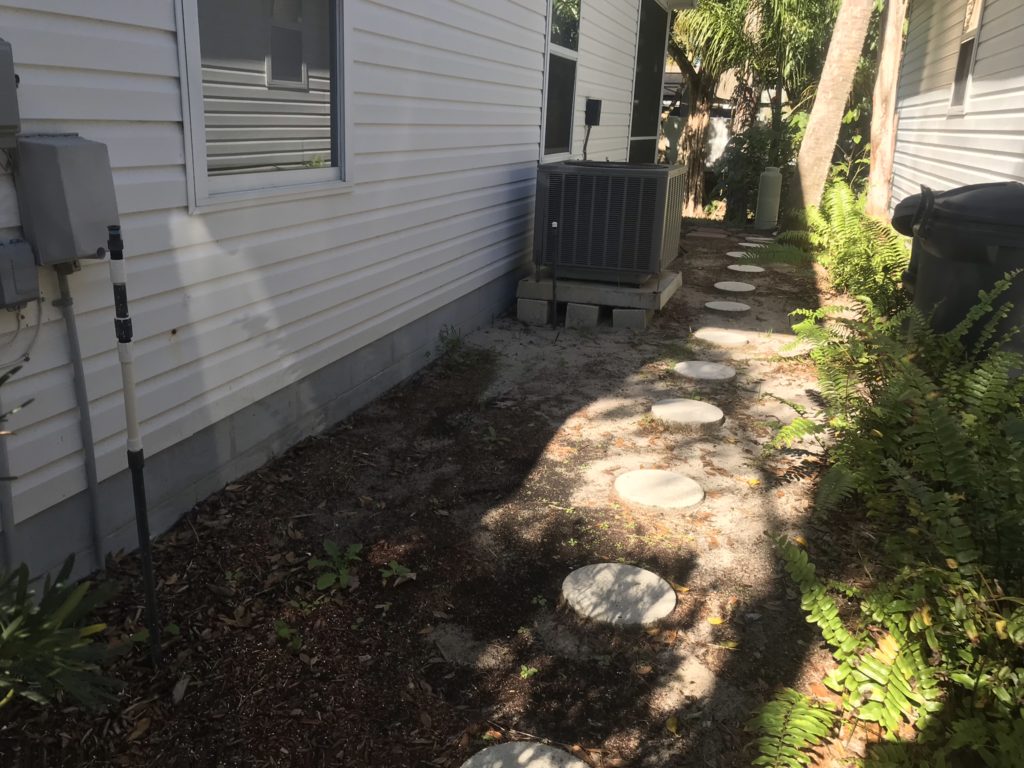


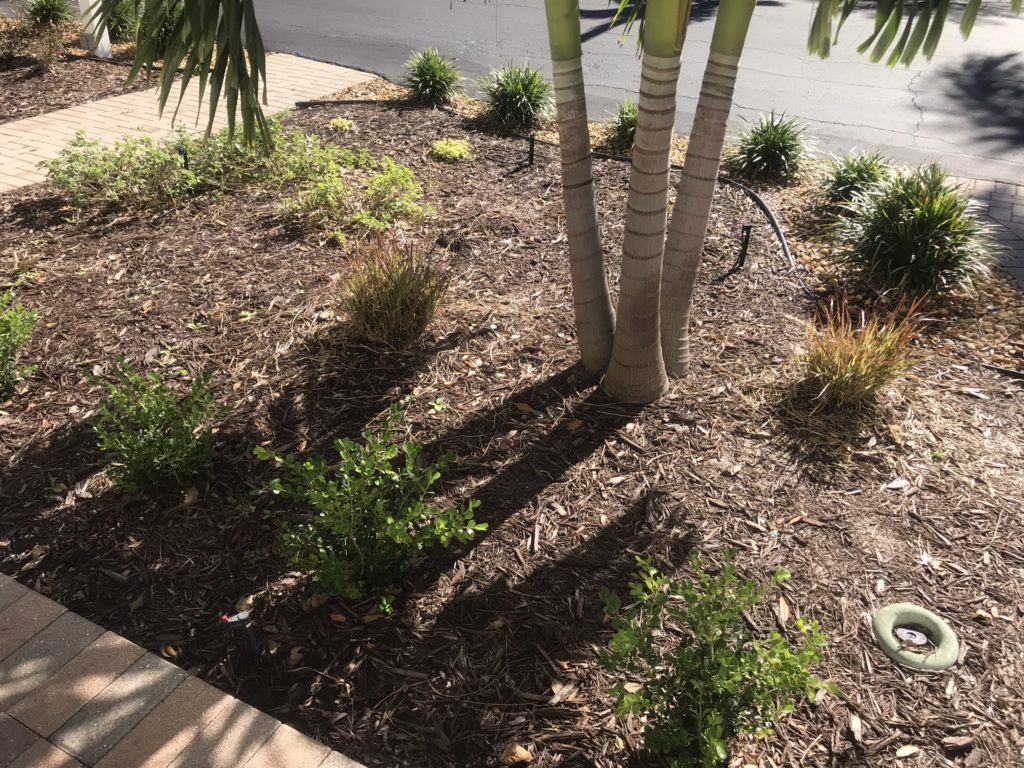
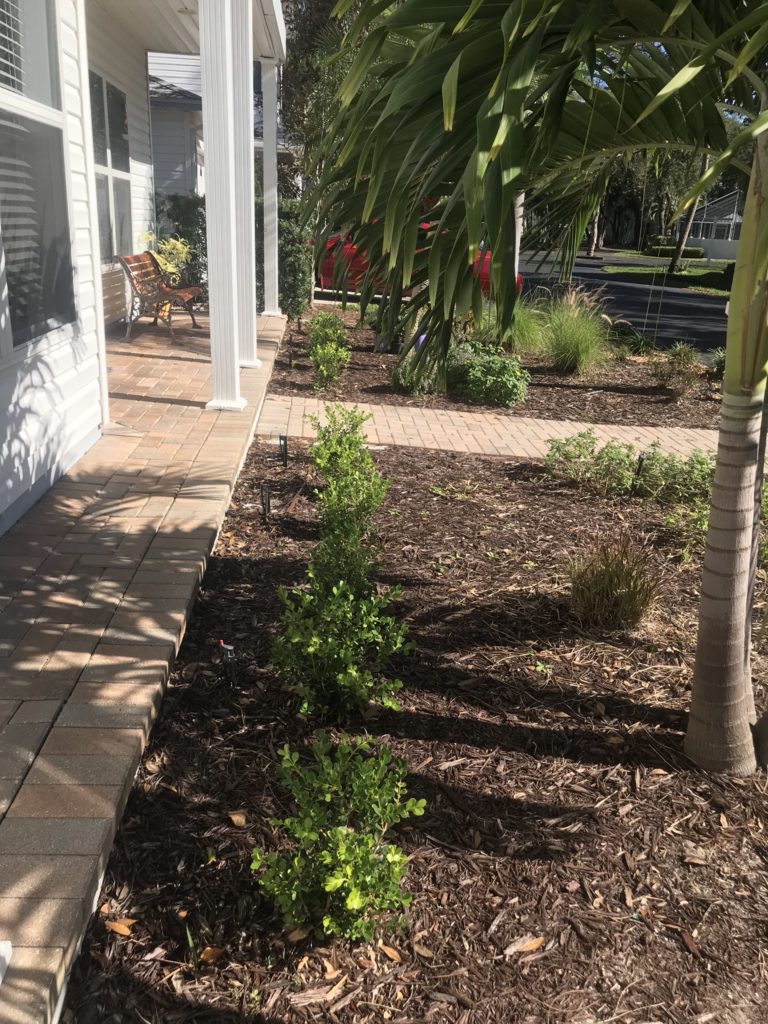
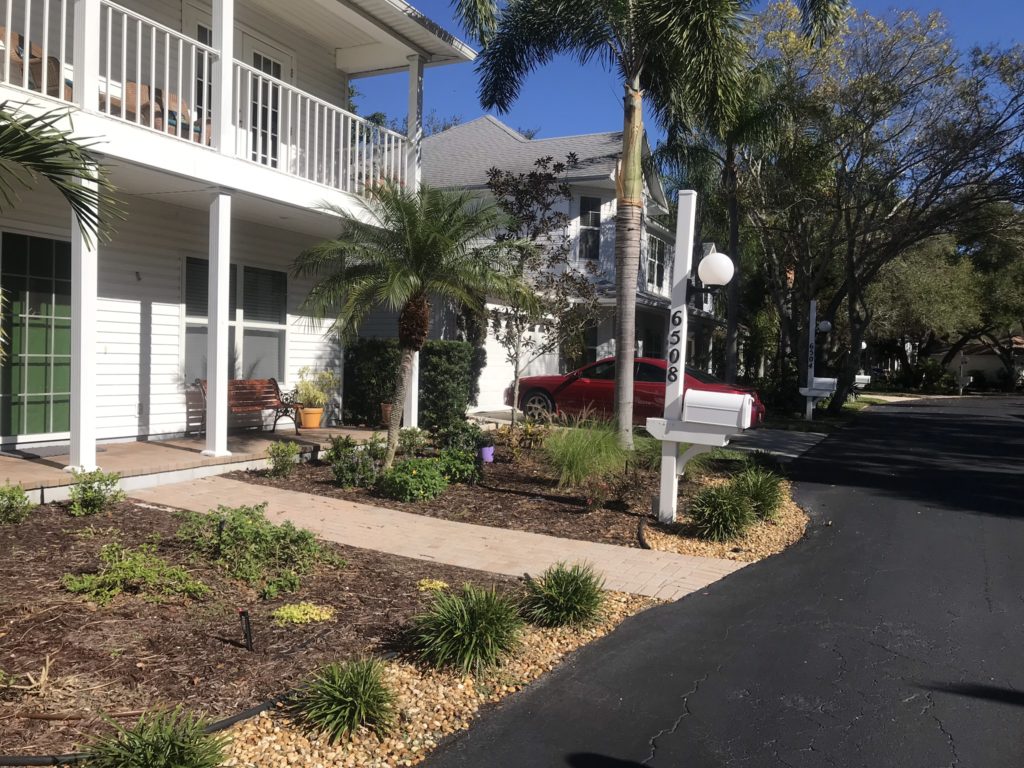
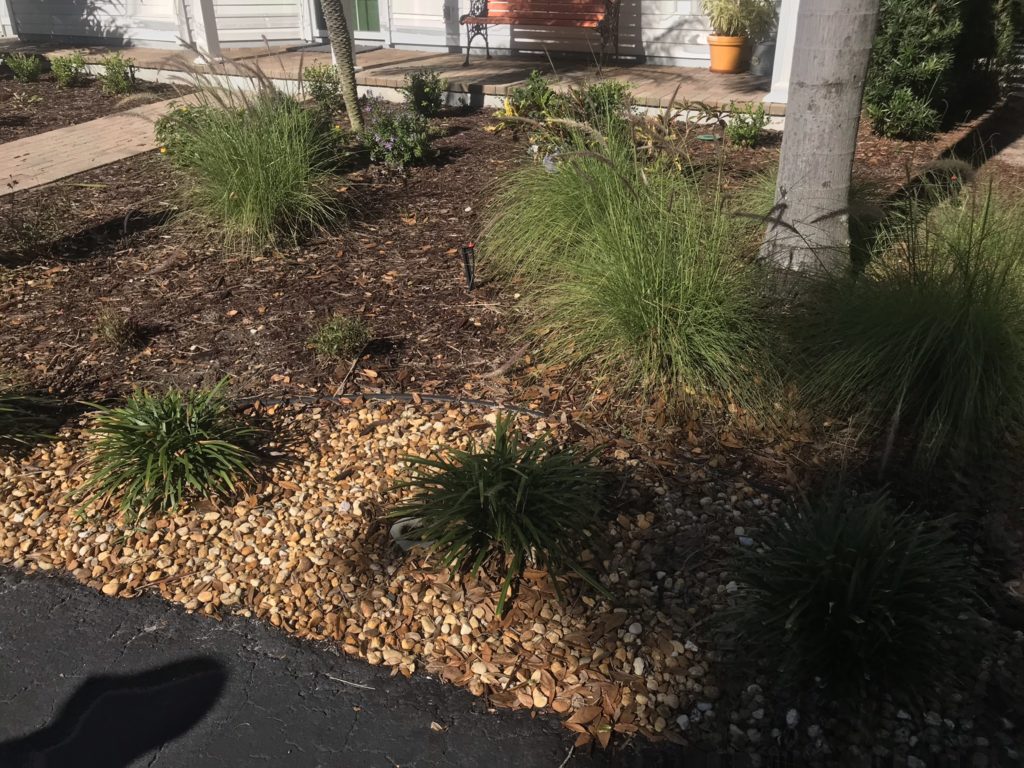
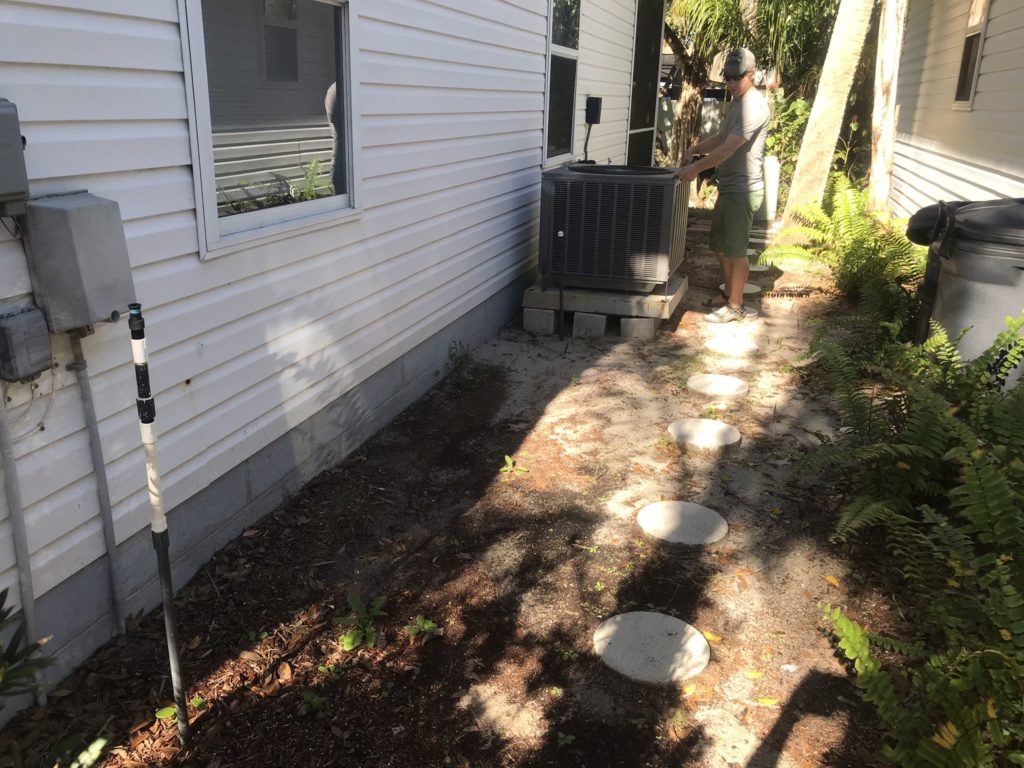


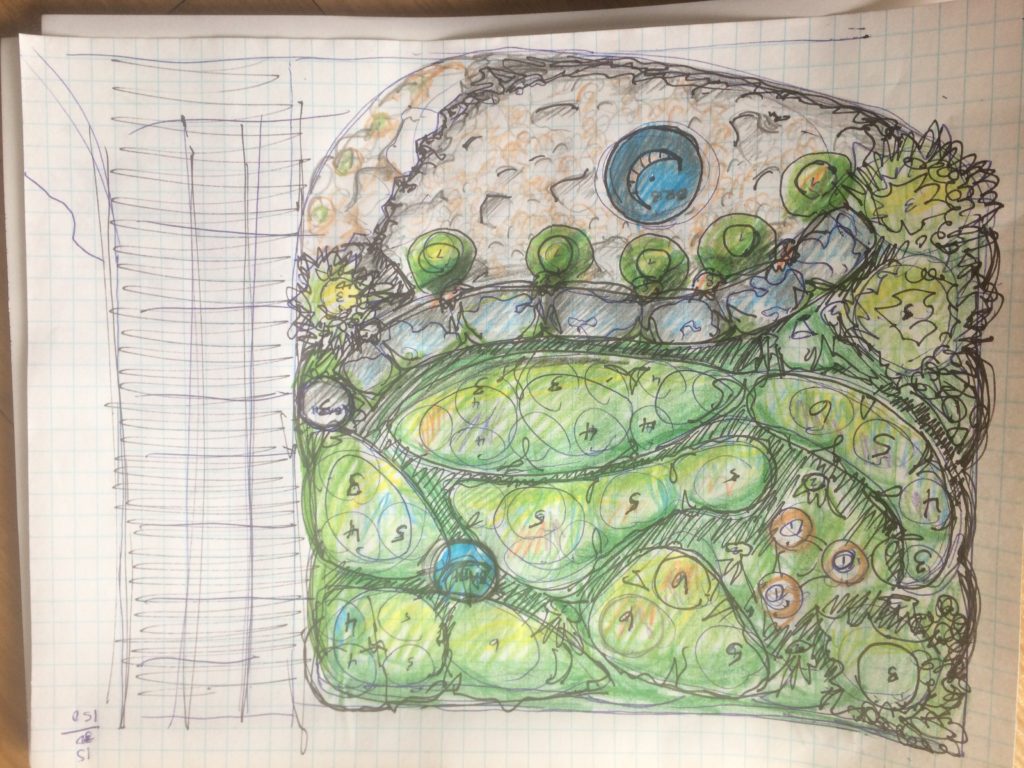
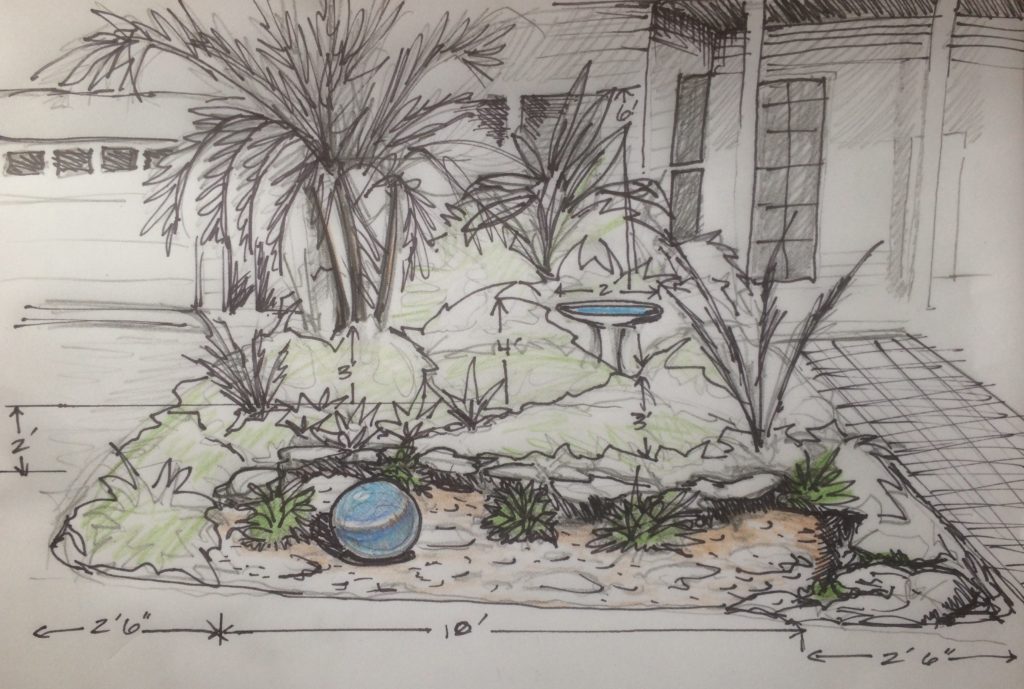











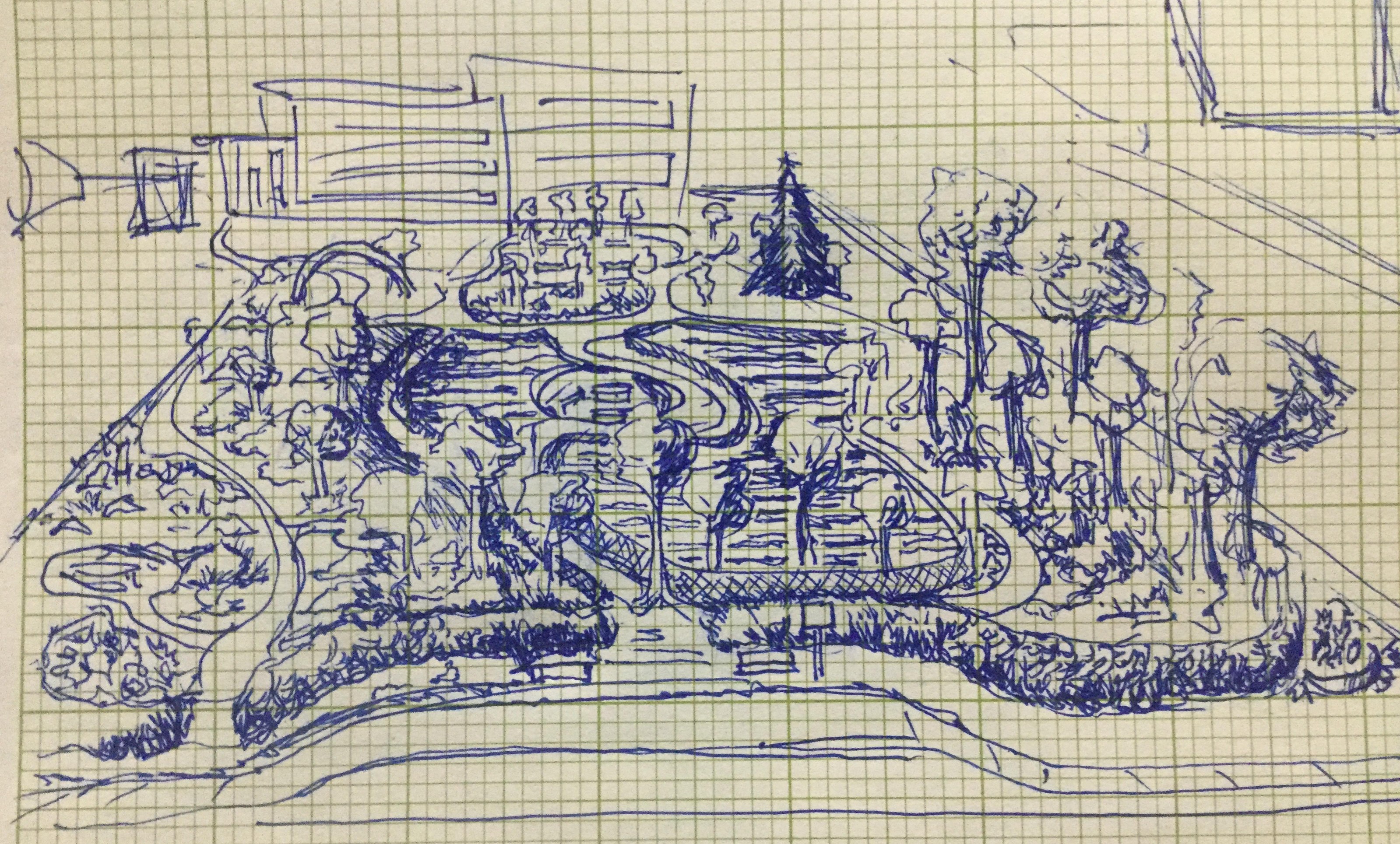

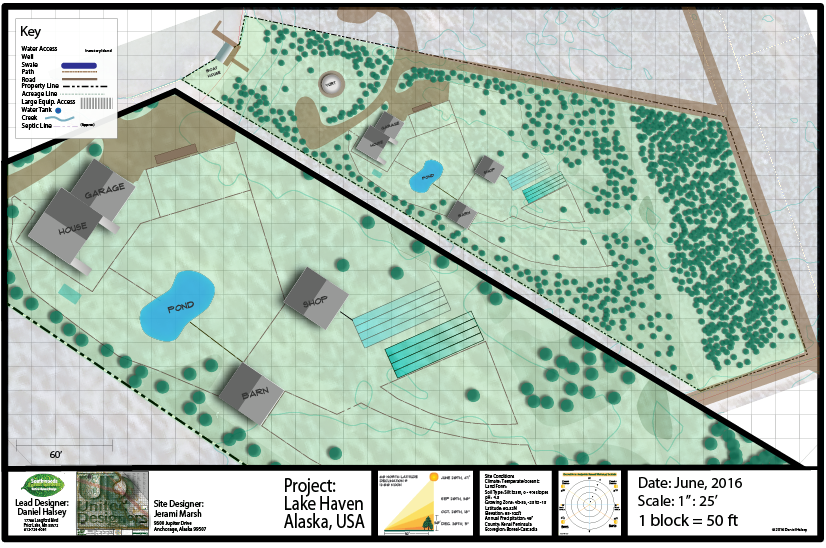
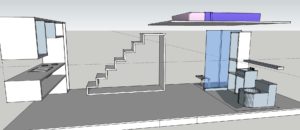

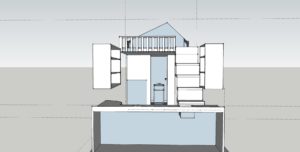
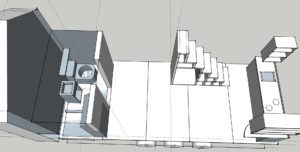
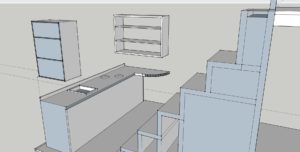

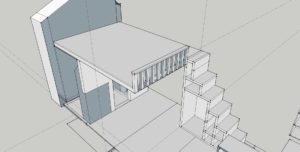


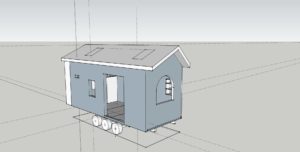
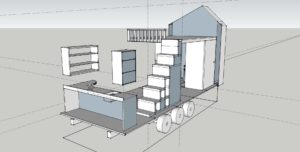

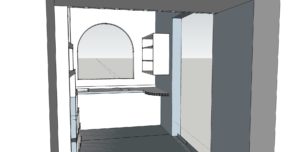
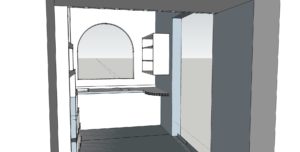

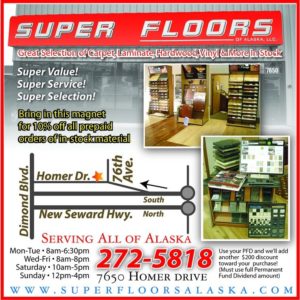








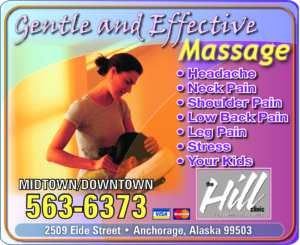
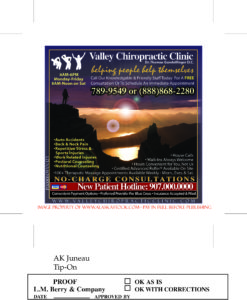
Recent Comments